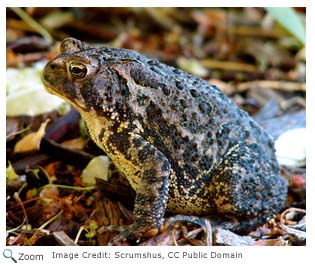s
Amphibian Orders |
||||||
|
|
|||||


